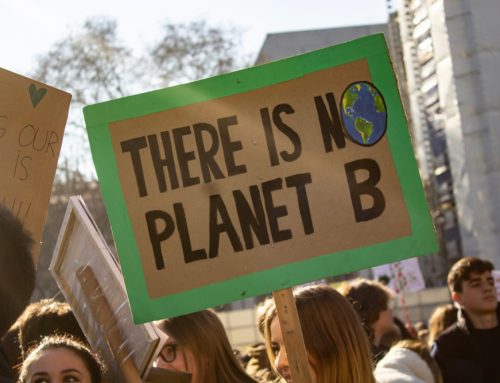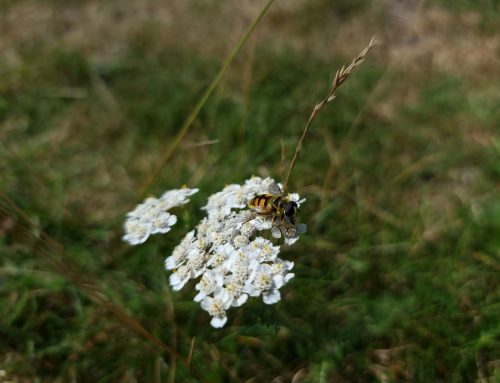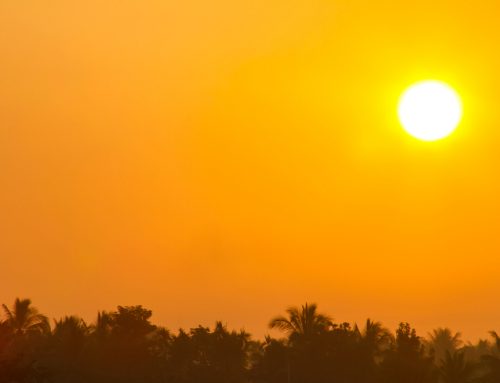A new article published in the Journal of Experimental Biology has found that disappearing ice in the Arctic means that polar bears are struggling to survive.
Whilst usually polar bears wait by air holes to hunt seals, they are now having to swim for an average of three days.
Since 1979, sea ice on which they hunt has shrunk by 13% every decade. In 2020, the Arctic sea ice fell to its second-lowest summer level recorded.
Jennifer Francis, the senior scientist at the Woodwell Climate Research Center, commented on the falling ice levels: “It has been yet another year of breathtaking changes in the Arctic. Temperatures in Siberia have been off the charts most of the year, and the Arctic passages have been open for shipping much longer than any previous year.”
Due to the lower levels of Arctic ice, polar bears are having to use up to four times as much energy in order to survive.
Dr Terrie Williams, a co-author of the report from the department of ecology and evolutionary biology at the University of California, said: “The Arctic world is so much more unpredictable for these animals now. With a finite amount of oxygen in their muscles and blood, we find that the narwhals budget their speed, depth, and duration of dives to match the capacity of their internal scuba tanks. One miscalculation could result in drowning.”
The decline of polar bears would have catastrophic effects on the Arctic ecosystem.
Prof Steve Albon, an honorary research associate at the James Hutton Institute, said: “By calculating the energetic costs of the loss of sea ice to these predators we can foretell the likely consequences for their reproduction and survival long before we have the evidence of their declining numbers.”








Leave A Comment